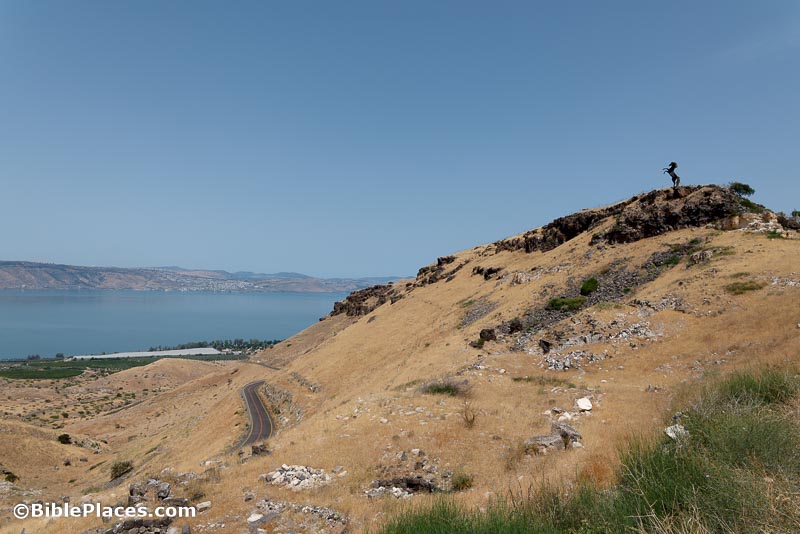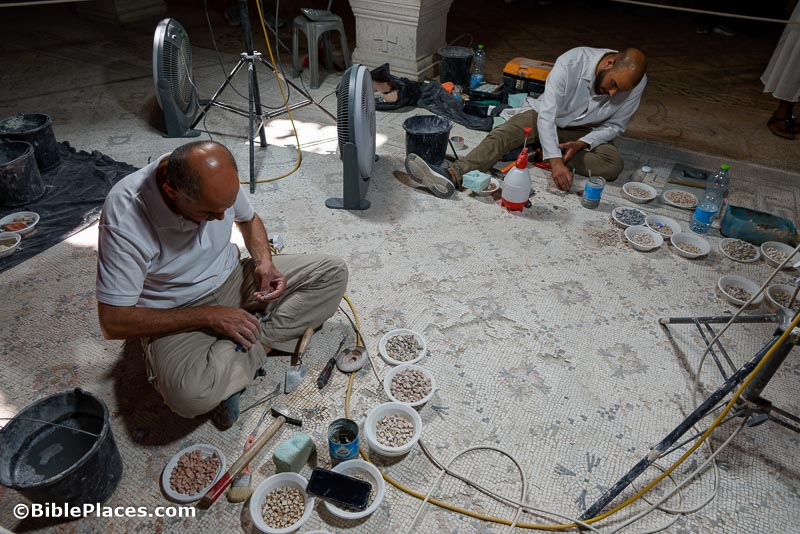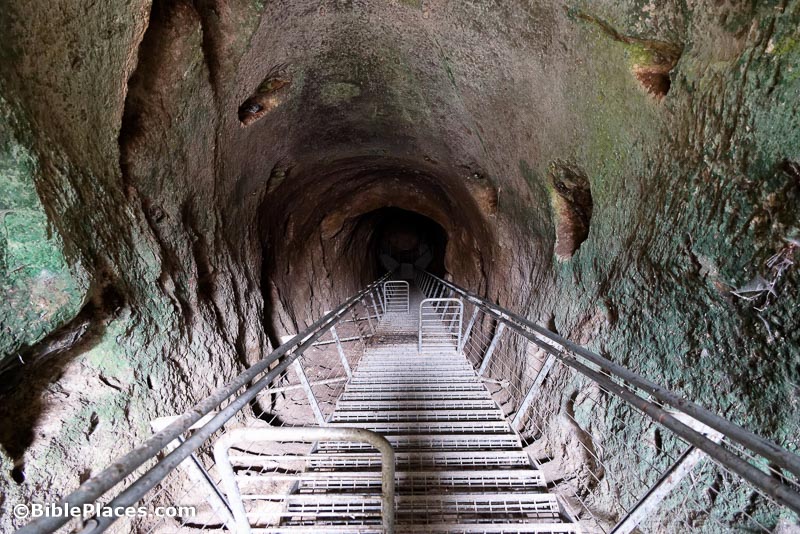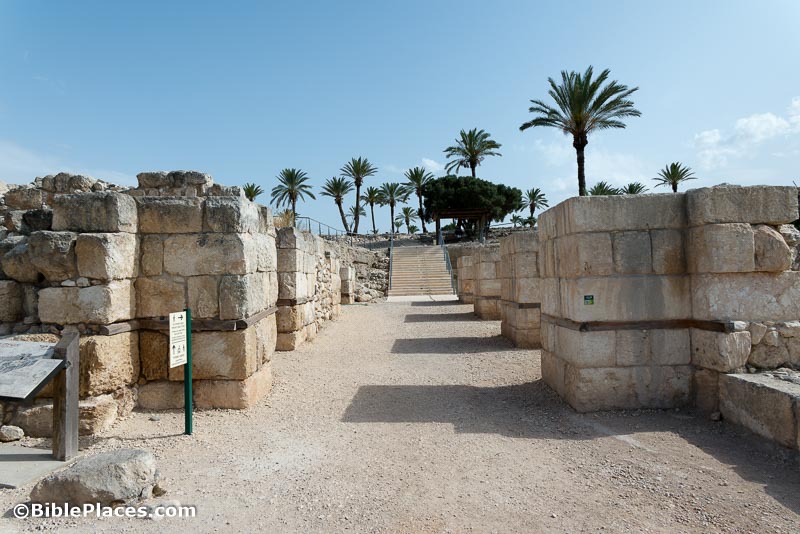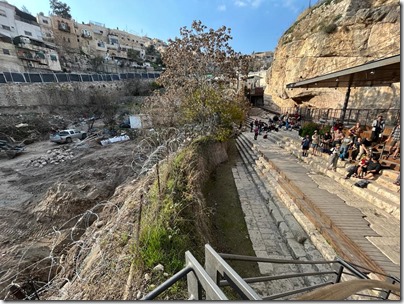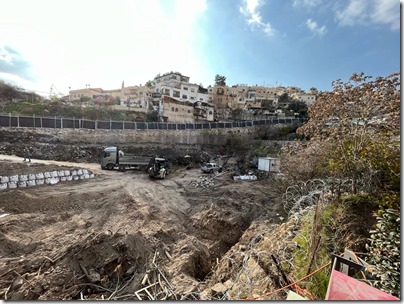“Experts from Rome have wrapped up weeks of careful archaeological work in one of the most sensitive parts of the Church of the Holy Sepulchre,” the area in front of the Edicule.
“A 1,500-year-old “magic mirror” from the Byzantine period was discovered by a 17-year-old Israeli taking part in a Young Leaders’ Survival Course at the Usha archaeological site in northern Israel.”
“A rare 2,500-year-old marble disc designed to protect ancient ships and ward off the evil eye was discovered by a lifeguard” near Palmachim Beach.
“Archaeologists excavating the site of Legio—the legionary camp of Rome’s Sixth Legion located at the foot of Tel Megiddo in northern Israel—have unearthed the remains of a small amphitheater used not for performances but rather for brutal combat training exercises.”
Aren Maeir mentions four sites in the Jezreel Valley that are being excavated this summer. Of Tel Shimron, he writes that they have discovered “some of the nicest and most important finds ever found in Israel!”
A rare half-shekel coin dug up in the Ein Gedi nature reserve was inscribed with the words ‘The Holy Jerusalem’ in Hebrew.”
Scott Stripling discusses the latest results from the excavations at Shiloh on CBN News. Or listen to the two recent episodes of The Bible and the Spade.
UNESCO’s World Heritage Committee will be voting soon on whether to include Jericho on its list.
Aviv and Shmuel Bar-Am have written an informative article about the best viewpoints in Jerusalem (though I think they left one of the best out).
A fox was spotted along the wall of Jerusalem’s Temple Mount.
Jonathan Klawans recommends a visit to the Benedictine Monastery of the Resurrection in the village of Abu Ghosh.
“The director of the Israel Museum, Denis Weil, has resigned just a year and a half after taking up the position.”
New release: The Two Houses of Israel: State Formation and the Origins of Pan-Israelite Identity, by Omer Sergi (SBL Press, $55)
Walking The Text’s recommended resource of the month is Experiencing the Land of the Book, by Charles H. Dyer.
Israeli authorities have taken actions to protect Tel Aroma in Area B from destruction by vandals.
Guiding tours of the Dead Sea on his boat, Noam Bedein is making new discoveries, including a bubbling brook and new rock formations.
HT: Agade, Arne Halbakken, Explorator
The newest national park in Israel is Hippos. Now this Roman-Byzantine site in the Decapolis boasts paved paths, clean restrooms, and of course, a shop.
